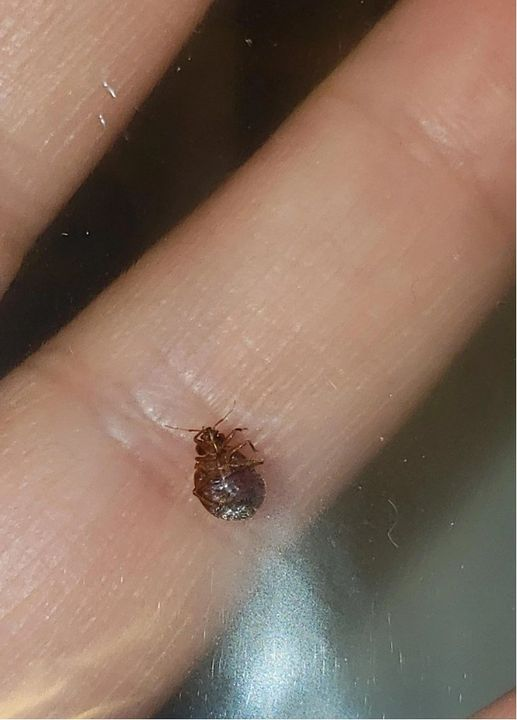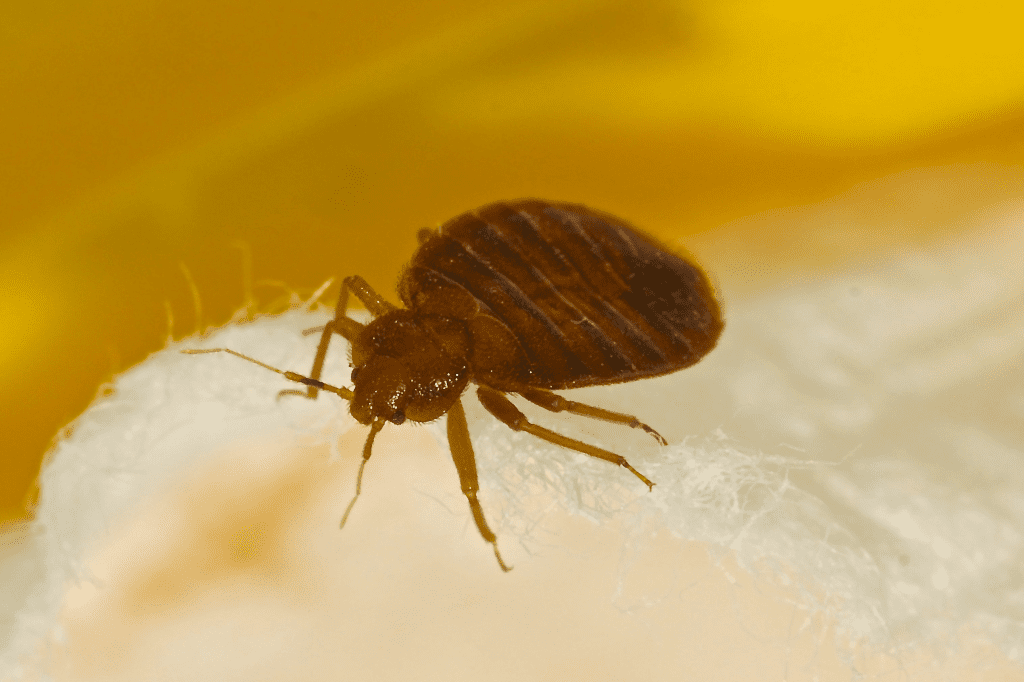Bed bugs – the tiny, unwelcome house guests that can turn your restful sleep into a nightmare. These persistent pests feed on human blood and hide in the smallest cracks and crevices. If you’ve encountered bed bugs, you know how crucial it is to get rid of them as quickly and effectively as possible. Here’s your comprehensive guide to identifying, eliminating, and preventing these troublesome insects.
Understanding Bed Bugs: The Tiny Pests That Cause Big Problems

Bed bugs are small, flat, reddish-brown insects that are masters of disguise. They prefer to come out at night to feed on human blood, making their presence challenging to detect until you start noticing itchy bites or spotting them in your bedding.
Typically, bed bugs hide in mattress seams, headboards, box springs, and even furniture near your bed. Their tiny size allows them to slip into the smallest spaces, from behind picture frames to cracks in the walls. Understanding their habits and behavior is the first step to effectively eliminating them from your home.
Identifying the Signs of a Bed Bug Infestation
Catching a bed bug infestation early can save you a lot of trouble. Here are some signs that bed bugs may have invaded your space:
- Itchy, Red Welts: Bed bug bites often appear in clusters or lines and can be incredibly itchy. Although not everyone reacts to their bites, those who do may notice raised, red welts on their skin, particularly on exposed areas like arms, legs, and the neck.
- Rusty or Dark Spots on Bedding: Bed bugs leave behind tiny spots of excrement on sheets, mattresses, or walls. These spots look like small, dark stains and are usually a clear indication of an infestation.
- Small, White Eggs or Shed Skins: You might notice tiny white eggs or translucent exoskeletons left behind as bed bugs grow. These can often be found in mattress seams, furniture joints, or under the bed.
- A Musty, Sweet Odor: In severe infestations, bed bugs produce a distinctive, musty odor due to the pheromones they release. If you detect an unusual, sweet smell in your bedroom, it’s a potential sign of a bed bug problem.
Effective Strategies for Bed Bug Removal
When it comes to bed bug elimination, thoroughness is crucial. They are resilient pests that can survive for months without feeding, so a quick fix is often not enough. Here’s a step-by-step approach to effectively eliminating bed bugs from your home:
1. Declutter and Clean Thoroughly
Start by reducing clutter around your bed and other infested areas. Bed bugs love to hide, and minimizing hiding spots will make it easier to spot and treat them. Remove and wash all bedding, linens, and curtains. Use hot water and high heat in the dryer, as bed bugs can’t survive temperatures above 120°F (49°C).
2. Vacuum and Seal
Use a high-powered vacuum, ideally with a HEPA filter, to clean around your bed, carpets, furniture, and any cracks or crevices. Be meticulous with this step, as vacuuming can help remove live bed bugs, eggs, and skins. After vacuuming, dispose of the vacuum bag or empty the canister into a sealed plastic bag and discard it immediately outside your home.
3. Use Heat Treatments
Heat is one of the most effective methods for killing bed bugs. You can use a steam cleaner on mattresses, furniture, and carpets, as bed bugs can’t survive steam temperatures of 130°F (54°C) or higher. For items like pillows or small household items, placing them in the dryer on high heat for 30 minutes can do the trick.
4. Apply Natural Remedies Like Diatomaceous Earth

Diatomaceous earth is a non-toxic, natural powder that dehydrates bed bugs on contact. Sprinkle it around the edges of rooms, bed frames, and other places where bed bugs may hide. Be sure to leave it down for several days to ensure it effectively targets any bed bugs that come into contact with it.
Considering Professional Treatment Options
If you have a severe infestation or DIY methods aren’t working, it may be time to consider professional pest control services. Professionals use a combination of heat treatments, chemical pesticides, and thorough inspections to eliminate bed bugs effectively. This route can be more expensive, but it often provides quicker and more comprehensive results, especially for large infestations.
Prevention Tips: Keeping Bed Bugs Out of Your Home

After you’ve tackled an infestation, it’s important to take measures to prevent bed bugs from returning. These steps will help you keep your home bed bug-free:
1. Be Cautious with Secondhand Items
Bed bugs can hitch a ride on secondhand furniture, bedding, and clothing. Inspect all items thoroughly before bringing them into your home, especially furniture with fabric or cracks that could harbor pests.
2. Use Bed Bug Encasements
Invest in high-quality mattress and box spring encasements. These covers trap any existing bed bugs inside, preventing them from feeding and eventually killing them. They also make it more difficult for new bed bugs to establish themselves in your bedding.
3. Inspect and Vacuum Regularly
Make it a habit to vacuum and inspect areas around your bed, especially after traveling or having guests over. Pay close attention to cracks in furniture, baseboards, and carpets.
4. Be Mindful When Traveling
Hotels and public transportation are common places for picking up bed bugs. When staying in hotels, check the bedding and mattress seams for signs of bed bugs before settling in. Keep your luggage on luggage racks and away from the bed and walls. When you return home, inspect your belongings and wash clothes in hot water as a precaution.
What to Do If You Suspect Bed Bugs After a Trip
If you believe you’ve been exposed to bed bugs while traveling, act quickly. Immediately wash and dry your clothes on high heat and carefully inspect any items you had with you, such as luggage and shoes. Monitoring for bites or signs of bed bugs over the next few days will help you catch any potential infestation early.
Conclusion: Taking Control of Bed Bugs and Restoring Peace in Your Home
Bed bugs may be resilient, but with the right approach, you can effectively eliminate them and prevent future infestations. Remember, the key to successful bed bug treatment is a thorough, multi-step process that includes cleaning, vacuuming, and applying targeted treatments like steam or diatomaceous earth. When necessary, don’t hesitate to reach out for professional help.
By staying vigilant and following these strategies, you can protect your home from bed bugs and enjoy a peaceful, restful night’s sleep. Keep your home a sanctuary by regularly inspecting for signs of bed bugs and maintaining a clean, clutter-free environment.


